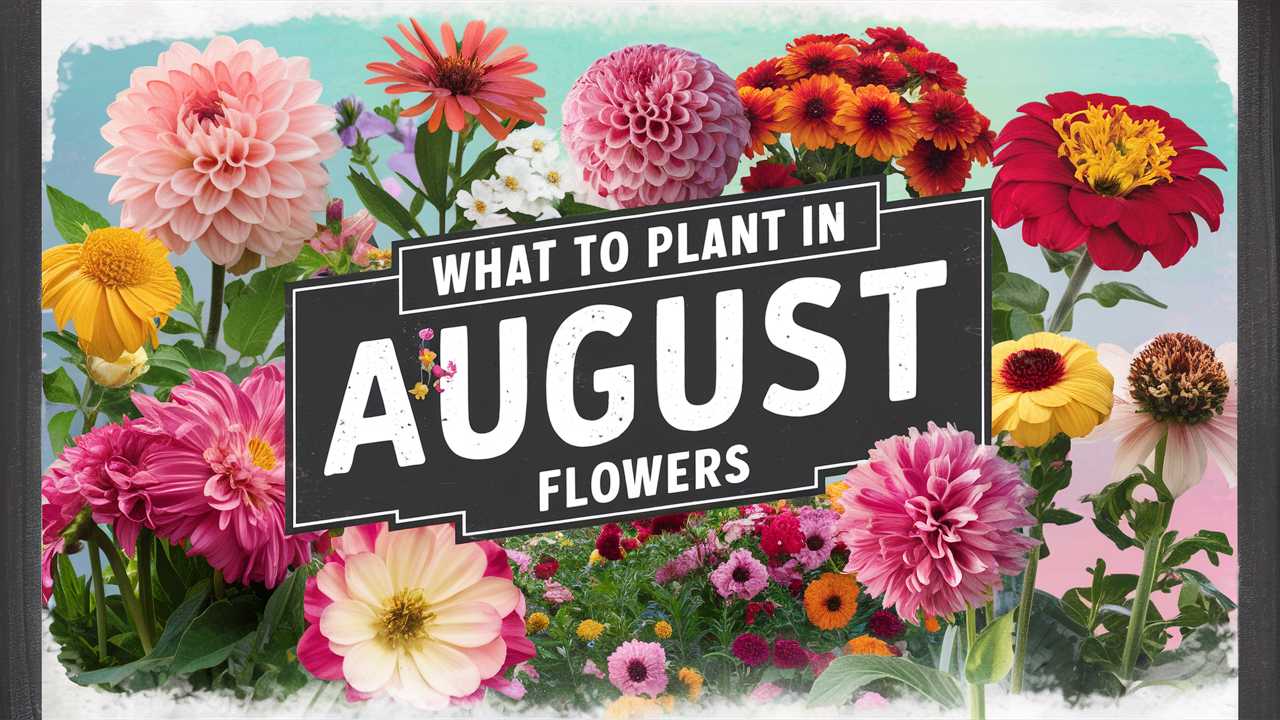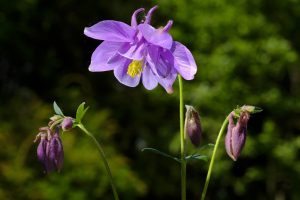August may signal the tail end of summer for some, but for passionate gardeners, it opens up a realm of exciting possibilities. This month offers a unique opportunity for planting a diverse range of flowers that can transform your garden into a vibrant palette of colors and fragrances.
Whether you’re looking to add annuals, perennials, biennials, or even spring bulbs, this comprehensive guide explores what to plant in August, ensuring your garden continues to thrive even as the summer heat plays its final notes.
Annual Flowers to Plant in August
Annual flowers are the perfect way to infuse bursts of color into your garden while enjoying their beauty all season long. Here are some excellent choices to consider planting in August.
Marigolds
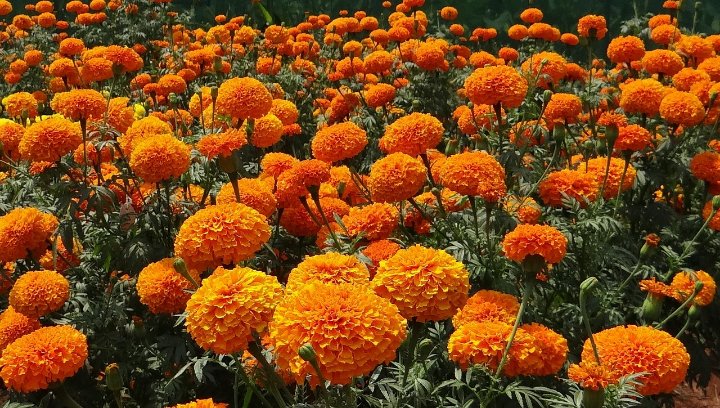
Marigolds are a gardener’s best friend, and they shine brightly in the late summer landscape. These annuals are known for their vibrant orange, yellow, and red colors that can easily uplift any garden space. Not only do they add visual appeal, but marigolds also play a crucial role in pest management, deterring aphids and nematodes with their distinctive scent. They thrive in full sun and well-drained soil, making August a great time to plant and enjoy their blooming glory through fall.
Zinnias
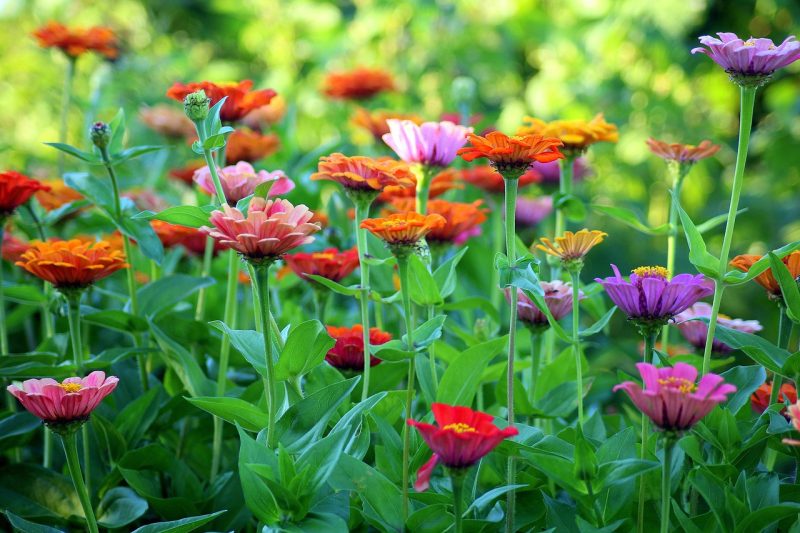
Zinnias are the embodiment of summer cheer, and they truly love the heat, making August an ideal planting month. They come in various shapes, sizes, and colors, from soft pastels to bright bold hues. Zinnias are exceptionally rewarding, as they attract pollinators like bees and butterflies. With a little deadheading, they will keep blooming until the first frost. Zinnias prefer a sunny location and don’t require much fuss in terms of care, allowing you to enjoy a vibrant garden display with minimal effort.
Sunflowers
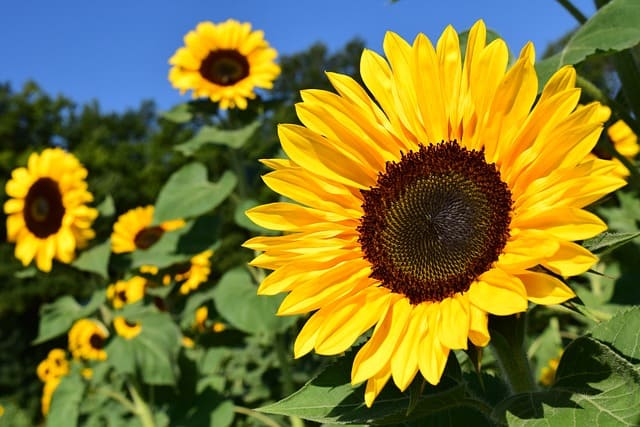
Nothing quite says “summer” like sunflowers. These cheerful giants can reach impressive heights, adding dramatic flair to your garden. August is a good time to sow seeds directly into the garden soil, as the warm temperatures encourage quick germination. Sunflowers love full sun and can thrive in less-than-ideal soil conditions, making them a resilient flower choice. Additionally, they can serve as a food source for birds in the fall, adding another layer of wildlife attraction to your garden.
Cosmos
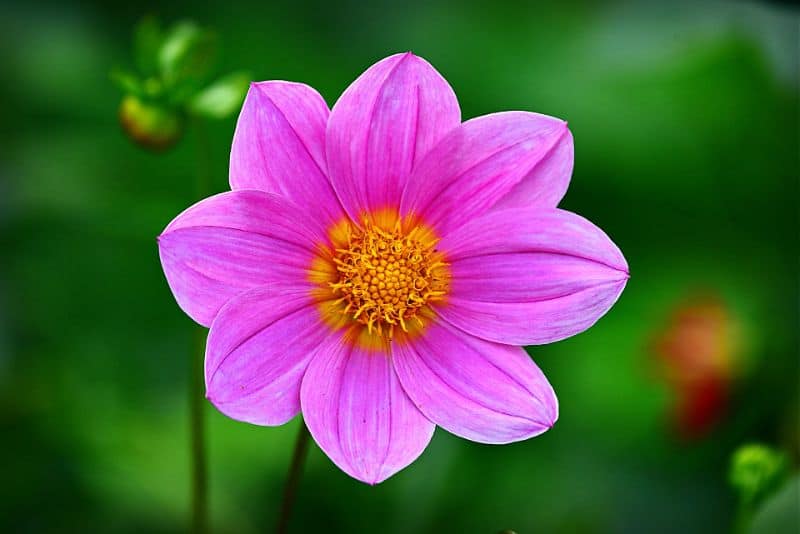
Cosmos are renowned for their delicate, feathery foliage and dainty flowers that sway gracefully in the breeze. They bloom over a long period, often from summer to frost, and thrive in sunny spots with well-draining soil. Cosmos are also incredibly easy to grow from seed, making August the perfect month to sow them for late-season blooms. The plants can add a soft, whimsical touch to your flower beds, attracting butterflies and other beneficial insects in the process.
Calendula
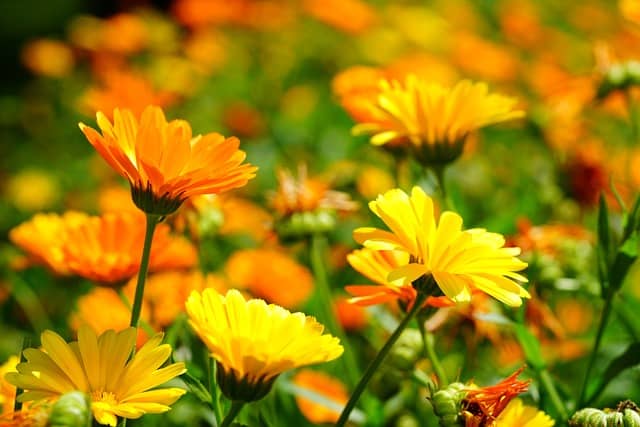
Often referred to as pot marigold, calendula is a versatile flower that not only beautifies the garden but can also be utilized in cooking and skincare. These golden-orange flowers are known for their medicinal properties and can continue to bloom into autumn. Planting calendula in August allows you to enjoy their cheerful blooms well into fall, as they thrive in cooler temperatures. They prefer full sun and can be direct-seeded or transplanted from pots.
Perennial Flowers to Plant in August
While annuals provide fleeting beauty, perennials are the backbone of a garden, offering stability and longevity. Planting these in August will ensure they flourish in the following years.
Echinacea (Coneflower)
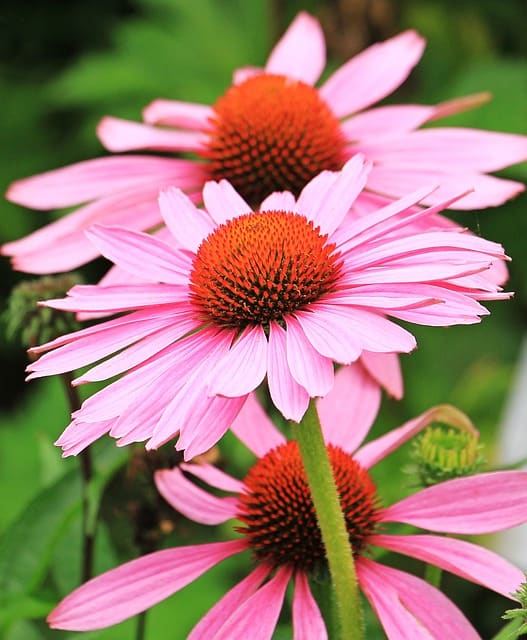
Echinacea, commonly known as coneflower, is a favorite among gardeners for its stunning beauty and resilience. These hardy perennials thrive in a variety of conditions, including poor soil and drought. When planted in August, echinacea can establish strong root systems before the colder months. Their striking purple, pink, or white flowers can attract pollinators and provide interest well into the fall, making them an excellent addition to any garden.
Black-eyed Susan
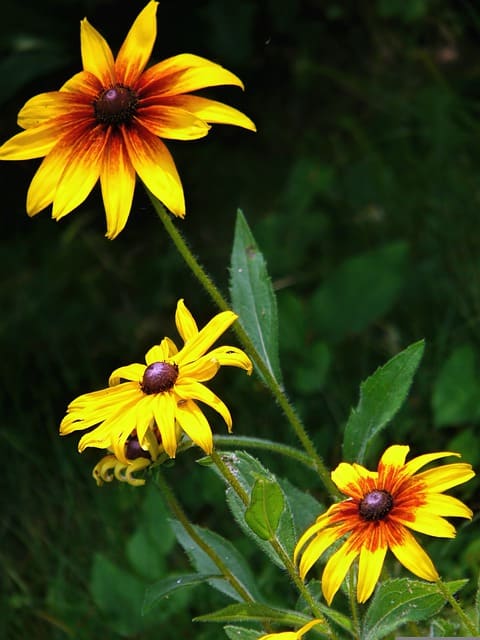
A quintessential wildflower, black-eyed Susans are known for their trademark dark centers and cheerful yellow petals. They are incredibly resilient and require minimal care, making them an ideal choice for planting in August. These perennials thrive in full sun and can tolerate a range of soil types. Their ability to self-seed means that, once established, they can continue to spread and beautify your garden for years to come.
Chrysanthemums

Chrysanthemums, or mums, offer a spectacular array of colors and forms, making them a popular choice for autumn gardens. Planting in August means that these perennial favorites will have ample time to establish themselves before winter sets in. Chrysanthemums prefer well-drained soil and full sun and bring vibrant color to the garden when many other flowers are starting to fade. Their late-blooming nature ensures your garden remains colorful right into the chilly months.
Coreopsis
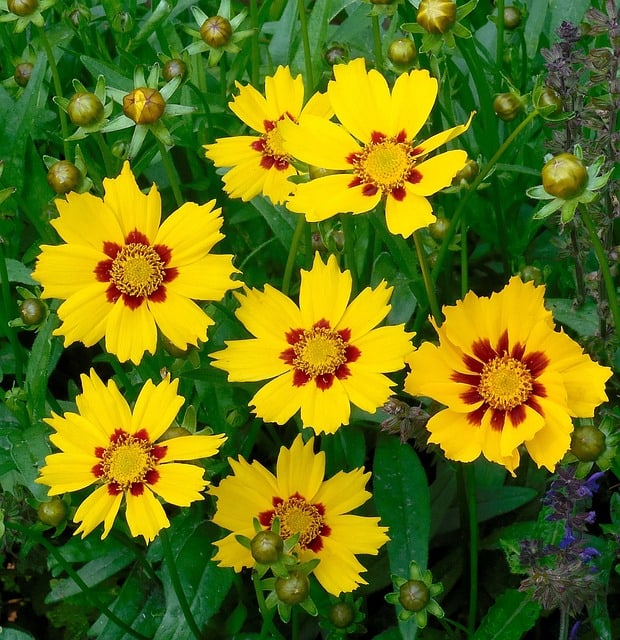
Coreopsis, also known as tickseed, boasts bright yellow flowers that can light up any garden. They are low-maintenance perennials that thrive in full sun, making them perfect for less experienced gardeners. By planting coreopsis in August, you can ensure that they establish strong roots, allowing them to bloom prolifically come spring. Additionally, these flowers can attract various butterflies, enhancing your garden’s ecosystem.
Sedum (Stonecrop)
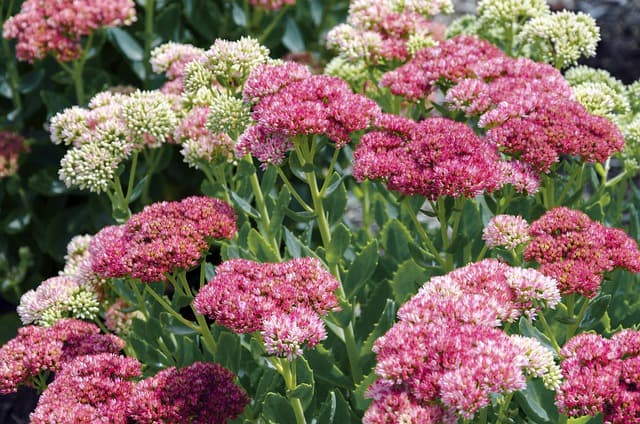
Sedums are beloved for their succulent leaves and adaptive nature. These hardy perennials are drought-tolerant and will thrive in various soil conditions. Planting sedum in August allows them to root well before winter, and they can endure colder temperatures as they become established. Their unique foliage and clusters of tiny flowers add visual interest to rock gardens and container arrangements alike.
Bulbs for Spring Blooms
August is not just a time for planting annuals and perennials; it’s also an excellent opportunity to prepare for spring by planting bulbs. Here are some favorites to consider.
Daffodils
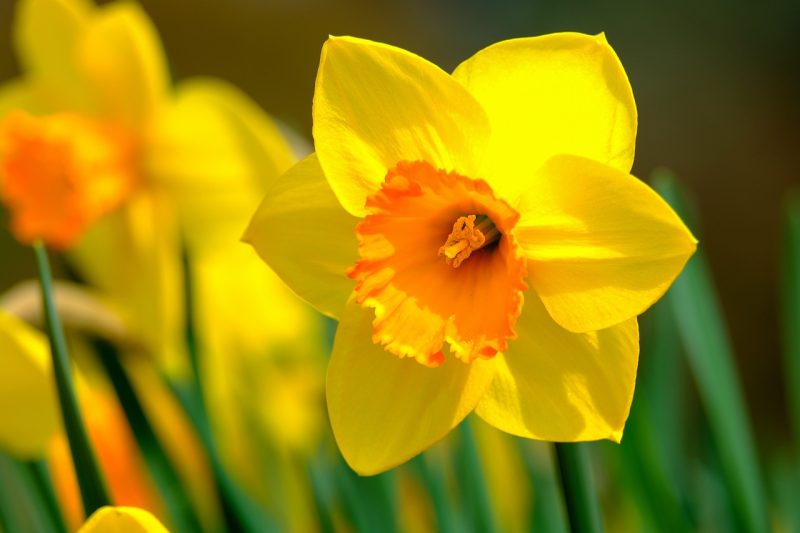
Daffodils are the heralds of spring, bringing cheerful yellow blooms to gardens after winter’s chill. Planting daffodil bulbs in late summer ensures that they have the necessary chilling period to thrive come spring. They prefer well-drained soil and a sunny location, making them a sprightly addition for garden beds and borders alike. With a variety of daffodil types available, you can ensure a vibrant display that can last for years since they’re perennial.
Tulips
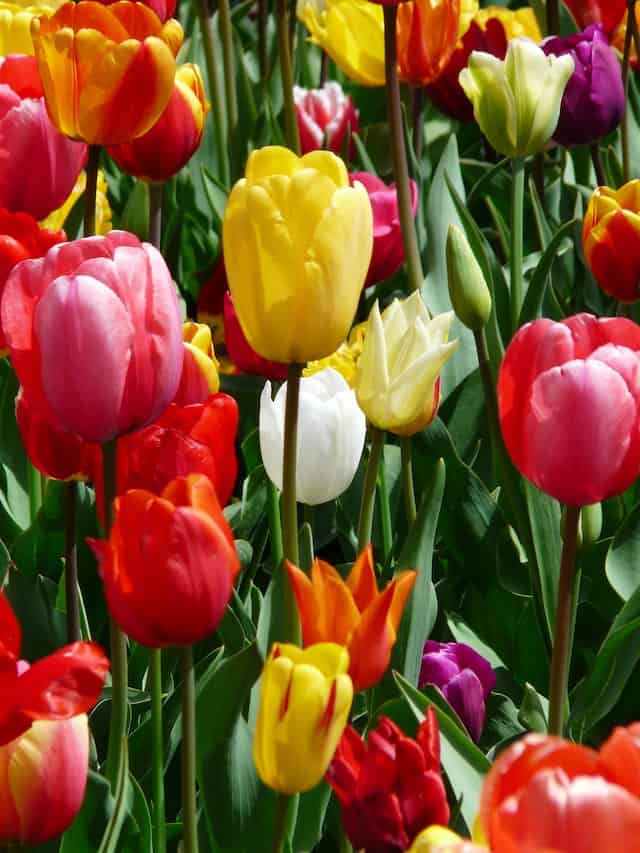
Tulips are another springtime favorite, known for their classic, elegant shapes and a vast color palette. They prefer well-draining soil and should be planted in August for spring blooms. Tulips can be planted in drifts or groups to create a more striking impact and are often used to complement other spring flowers like daffodils. Given the right conditions, tulips can add a classic touch to your garden.
Crocuses
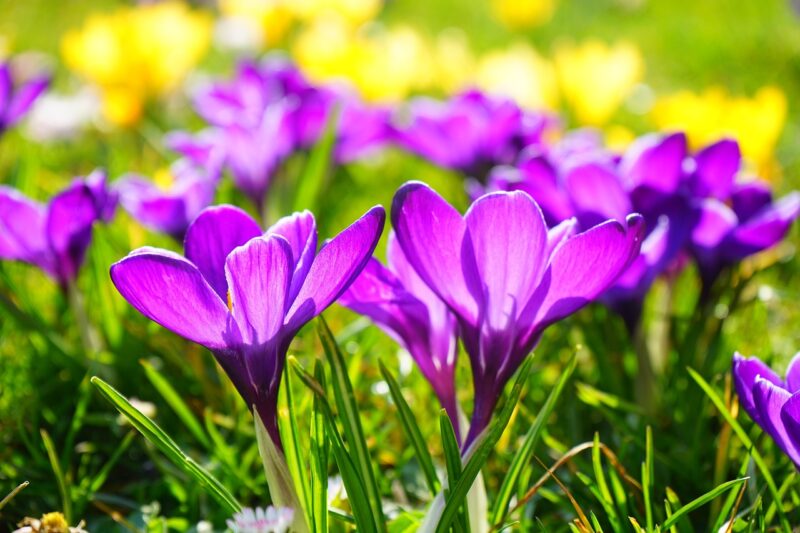
Crocuses are one of the earliest flowers to bloom in spring, often emerging through the last remnants of snow. Planting crocus bulbs in August allows them to establish roots before the ground freezes, ensuring their early display. These tiny flowers add a delightful burst of color during the last days of winter and are perfect for naturalizing in lawns or garden beds.
Hyacinths
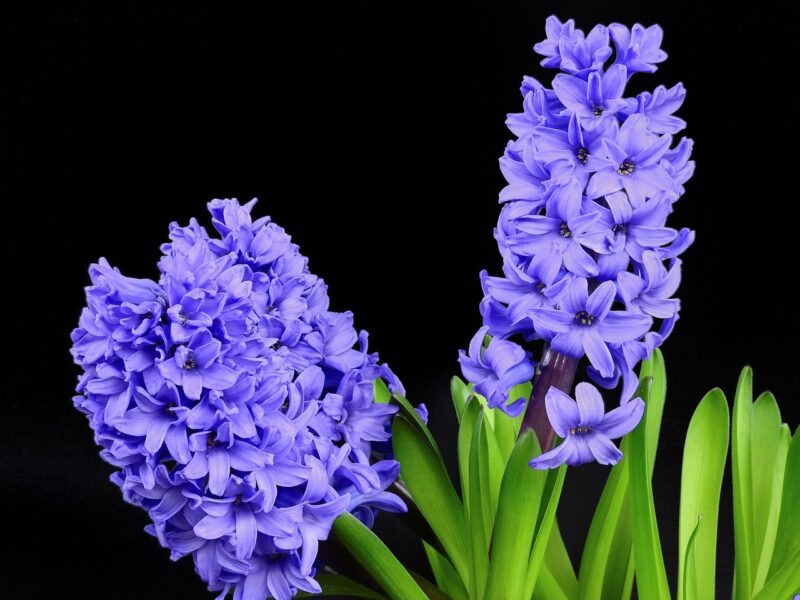
Hyacinths are celebrated for their intense fragrance and vibrant colors, making them a favored choice for spring gardens. August is the time to plant hyacinth bulbs, ensuring their roots develop before winter. They thrive in well-drained soils and full sunlight, creating a stunning display in early spring. The sweet scent they emit will delight your senses, making them a must-have for fragrant gardens.
Biennial Flowers to Plant in August
Biennials are unique in that they often take two years to complete their life cycle. Planting these in August helps them establish a strong root system during their first season.
Foxglove
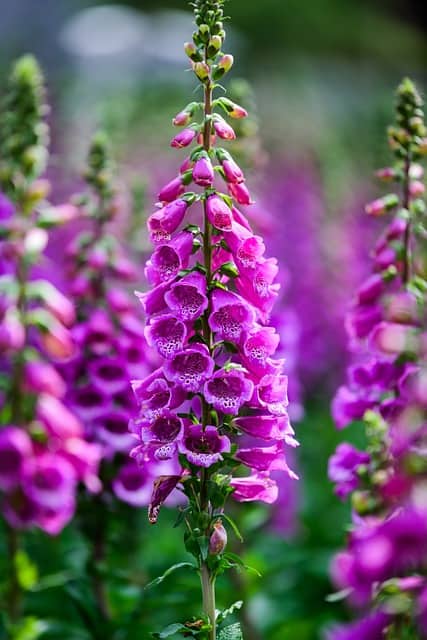
Foxglove (Digitalis) is a stunning biennial flower known for its tall spikes adorned with tubular blooms in a variety of colors. These plants thrive in partially shaded areas and well-draining soil. When planted in August, foxglove will establish itself well, putting on a spectacular flower display in the next summer. They add elegance and height to garden beds, making them excellent focal points.
Hollyhocks
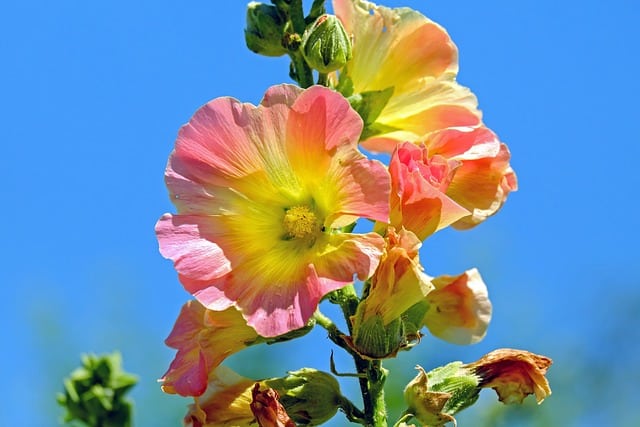
Hollyhocks are classic cottage garden favorites, known for their towering stature and beautiful blooms. When planted in August, these biennials will get a head start, allowing them to develop strong roots before winter. They do best in sunny spots and can provide a nostalgic, romantic feel to any landscape when covered in blooms of various colors.
Canterbury Bells
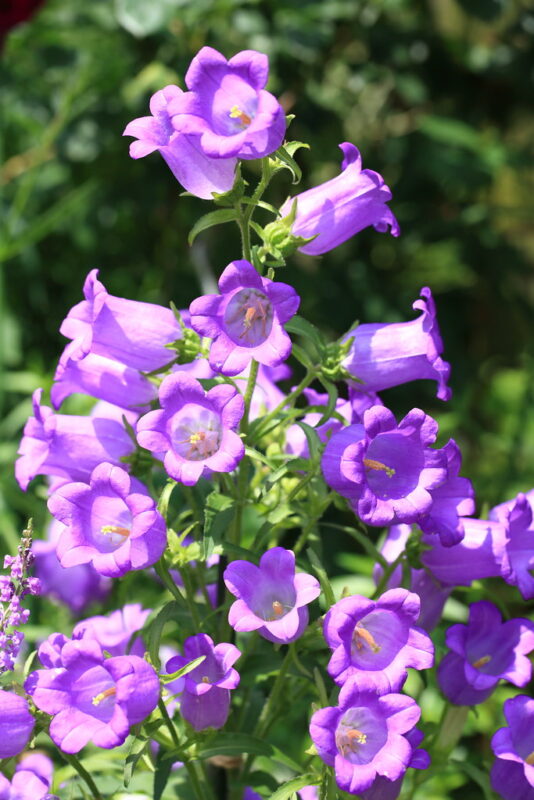
Canterbury Bells are charming biennials that produce large, bell-shaped flowers, typically in shades of blue, violet, or white. Their unique flower structure makes them visually captivating in any garden. Planting these in August allows them to establish before winter, ready to greet spring with stunning blooms. They prefer a sunny location and can thrive in well-drained soil.
Wildflowers to Plant in August
Wildflowers are not only beautiful but also support local ecosystems by attracting beneficial insects and providing habitat for wildlife. Here are some wildflower varieties to plant in August.
Asters
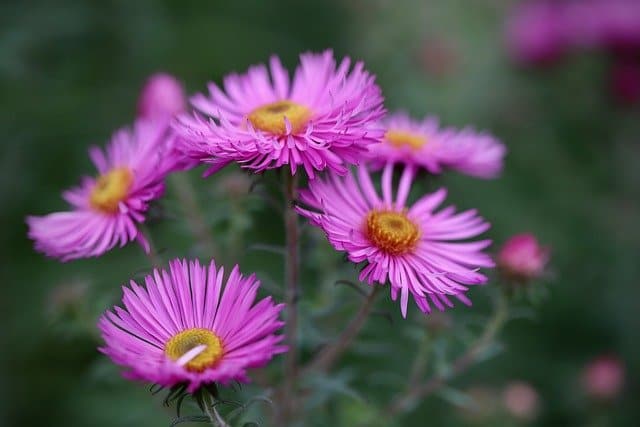
Asters are perennial wildflowers that bloom late in the summer and into the fall, producing star-like flowers in shades of purple, pink, and white. Planting asters in August allows them to establish strong roots ahead of the colder months. They are excellent for attracting bees and butterflies, enhancing your garden’s pollinator-friendly aspect.
Goldenrod
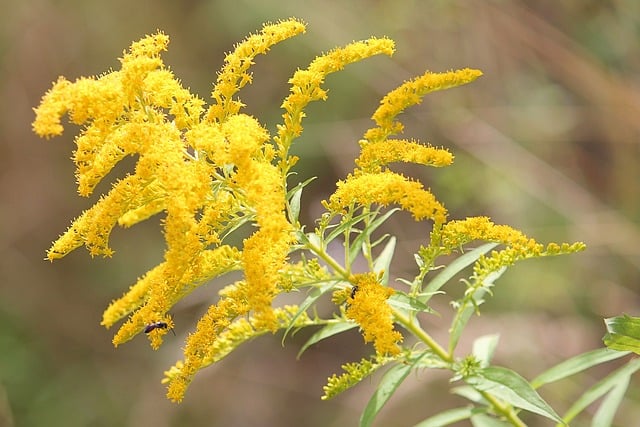
Goldenrod is often perceived as a weed, but it is a brilliant wildflower that offers vibrant yellow blooms in late summer and early fall. Planting goldenrod in August can enhance your garden’s biodiversity by providing nectar for pollinators. They thrive in poor soil conditions and require little maintenance, making them a resilient and beautiful addition to any garden.
Blue Sage (Salvia)
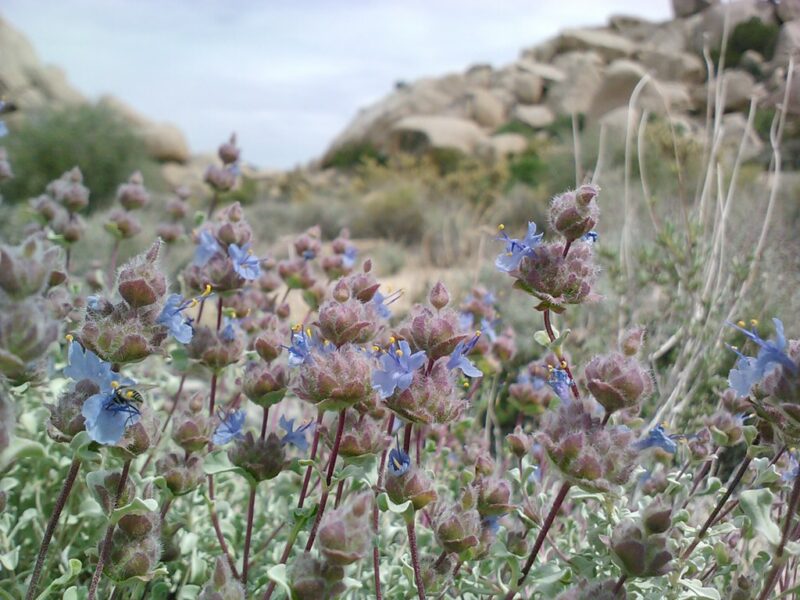
Blue sage is a staple in wildflower gardens, recognized for its striking blue-purple spikes. This plant attracts bees and butterflies and adds a regal touch to your flower beds. August is an excellent time to plant blue sage, allowing it to establish roots before winter. They prefer well-drained soil and sunny spots, and their drought tolerance makes them a resilient choice for any garden.


